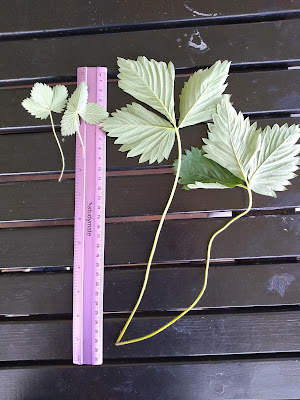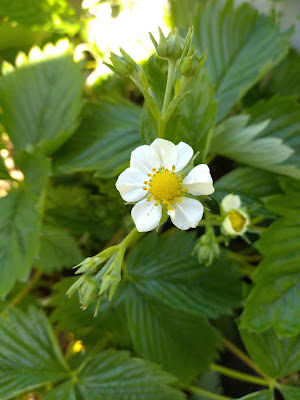Sphagnum moss (one of 380 or so species of Sphagnum) is often used to grow carnivorous plants, or to pack around fragile plants in postage, and a bunch of other uses. It is expensive to buy dead sphagnum moss, and difficult to find for sale live.
Years ago I got a strand of it while on a field trip with university. I grew it in a little glass cup on my window sill along with pygmy Drosera that I also collected on the same trip. It grew well for a few years, and looked amazing, I eventually lost in moving house.
Strangely enough I haven't seen live sphagnum moss since then.
A while ago a very generous person posted me some plants, and wrapped the carnivorous plants in live sphagnum moss. I figured it would be a waste to let the sphagnum moss die, so I wanted to grow it.
I don't know the best way to grow this, so figured I would try a few different methods.
 |
| Sphagnum moss - growing well and ready to divide |
I also put a damp little peat moss in an empty punnet, and 'planted' some live sphagnum moss on top. All of these punnets I put in a tray with a little rain water, much like how I water carnivorous plants.
So far both methods appear to be working and the sphagnum moss is growing.
I have given them part sun. From memory full sun makes it grow slowly, but I may be wrong. Some species are ok with frost and can be frozen solid, I think others may die off if hit by frost. I am not sure what species this is, so I will protect most in winter and probably leave a little unprotected to see how it copes.
I also put a little live sphagnum moss on top of pots of peat moss that I am growing various carnivorous plant in, hopefully it grows well in there as it looks nice.
I don't know how well this will go longer term, but for now it is growing well for me. I hope to find where is best in my yard to grow sphagnum moss, and how to grow sphagnum moss, and then once I have enough I plan to use it for carnivorous plants.
 |
| Sphagnum moss - one live strand |
 |
| Sphagnum moss - one live strand did some growing! |
















































